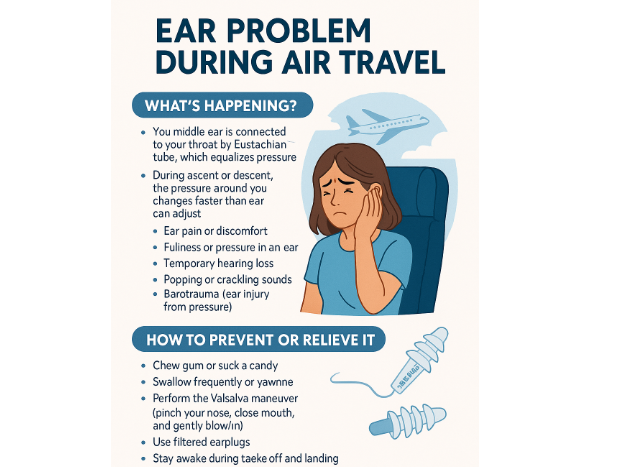As of January 2023, families will receive additional relief against inflation. By increasing the family allowance, the family bonus, and the child deduction, they will benefit from up to 625 euros more per child per year. If there is more than one child, the relief increases again.
Families with children are also strongly affected by the continuing inflation in Austria. Some relief measures have already been implemented, such as the increase in family allowance in August. However, these one-off payments cannot cushion the price increase in the long term. From January, further measures will come into force that is expected to provide up to EUR 625 in additional relief per child per year.
From January, up to 625 euros more relief per child
The increase in the family bonus of up to 1,750 euros per child per year – as provided for in the eco-social tax reform – has already been raised to 2,000 euros. Previously, the bonus was 1,500 euros per year for children up to 18.
If the family bonus is taken into account by the employer every month as part of payroll accounting, has already received the sum rolled up to September 30 retroactively for the entire calendar year 2022. All other eligible persons can apply for tax relief in the wage tax equalization from 2023 to 2022.
For children under 18, the family bonus will thus amount to up to 2,000 euros per year in the future, and for children over 18, the maximum amount will be raised from 575 to 600 euros.
Family allowance now increases annually.
The family allowance will increase annually from 2023 due to the agreed valorization of social benefits. For example, a child aged ten or older will receive 7.41 euros more per month starting in January. This results in an annual increase of 88.92 euros. There will also be an increased sibling allowance if there is more than one child.
In addition, the child deduction will also be increased by 3.06 euros. So far, the deductible amounts to 58.40 euros and will increase to 61.46 euros in 2023. This will be transferred together with the family allowance. The improved amount results from the valorization of social benefits. As a result, family allowance, childcare allowance, and the like increase annually by inflation.
All values of the family allowance 2023 can be found here in this table:
Age of the child 2022 2023 *
from birth 114 Euro 119,97 Euro
from 3 years 121,90 Euro 128,29 Euro
from 10 years 141,50 Euro 148,91 Euro
from 19 years 165,10 Euro 173,75 Euro
If two or more children are entitled to the family allowance, a sibling scale is also paid per child.
Sibling scale 2022 2023 *
Two children 7,10 Euro 7,47 Euro
Three children 17,40 Euro 18,31 Euro
Four children 26.50 Euro 27.89 Euro
Five children 32.00 Euro 33.68 Euro
Six children 35,70 Euro 37,57 Euro
Seven children + 52,00 Euro 54,72 Euro
These increases – specifically the family bonus, the family allowance, and the child deduction – result in an annual increase of around 625 euros for a child aged 10.
The multiple-child supplement and the family time bonus will also be increased:
- Families with three or more children are entitled to the multiple-child supplement. This can be applied as part of the employee tax assessment or income tax return. It amounts to 20 euros per month for the third and each additional child. From 2023, the multiple-child supplement will increase to 21.05 euros.
- The family time bonus for fathers who take care of the child after birth (“daddy month”) currently amounts to 22.60 euros per day and is credited against any subsequent childcare allowance. The family time bonus will be increased to 23.78 euros from January 2023.
- Low incomes benefit from increased additional child allowance
For low incomes, the additional child amount will be increased from 250 euros to 550 euros for 2022. This will affect those who have earned active taxable income for at least 30 days a year. In addition, they must be entitled to single-parent and single-earner deductions (AEAB and AVAB).
- source: finanz.at/picture:
This post has already been read 953 times!



